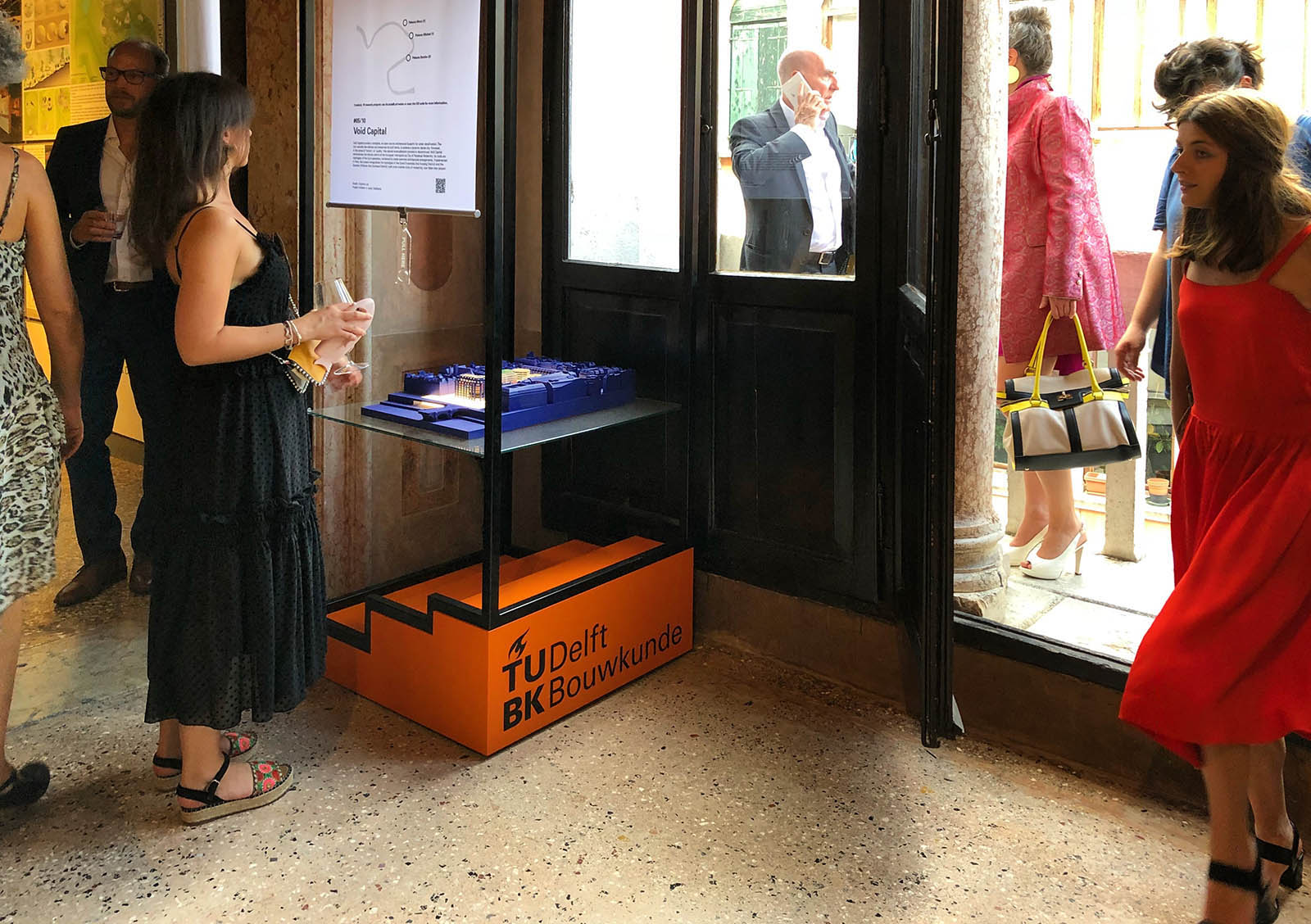without research, design lacks direction
Abstract
The Netherlands has always had a lack of space and so using it well has always been a priority. Designing the built environment means allocating resources to maximise value – so it is natural that design plays an important role. The TU Delft is just the place where we ask the question, ‘How can we do this even better?’
- How can we reuse old building stock?
- How should we react to our increasingly automated lives?
- How does it work to live in a war-torn city?
- How can we make climate-proof cities?
- How can we create self-sufficient and adjustable personal living spaces?
- How can we achieve affordable housing for everyone?
- Which tools do we have at our disposal?
Take Africa: it is expected that population growth will double by 2050, to 2.4 billion people. This is the place with the greatest potential to make more people’s lives better. It is the place where improvements can be made which have a major impact.
In an Addis Ababa neighbourhood, for example, the city was planning a series of high-rise building blocks, made from costly imported concrete. Our Master students discovered how the neighbourhood could instead profit from people-oriented, small-scale dwellings constructed from local materials. Through research by design, we generate the knowledge about how to make things more local and more sustainable.
On show for the very first time at the Venice Biennale, the BK Booths present the latest architectural research, researched for you by students, post-docs and other designers from TU Delft Bouwkunde.
As one of the largest architecture faculties in Europe and leading design academy, TU Delft Bouwkunde plays a key role in design-oriented research. Our research on architecture and the built environment ranks the best in the world.
Much of the knowledge we generate at TU Delft Bouwkunde is science with a high degree of societal relevance. This appeals to the curiosity of other researchers, designers and the broader public alike. Our research contributes to the body of knowledge of architects and urban managers and planners.
This issue of Spool provides an overview of the ten projects that are exhibited in Venice:
From Landscape to Roofscape: Pavilions for Okana
Un-war Space in Sarajevo, 1992-1996
From Egocity to Wegocity
Double Face 2.0: A lightweight translucent adaptable Trombe wall
Void Capital: The City of Perpetual Modernity
3D Data for Urban Issues
Product Development Lab (PD Test Lab)
Re3 Glass: A new generation of Recycable, Reducible and Reusable cast glass components for structural and architectural applications
Rhizome: a growing horizontal stem of affordable housing in Menen, Addis Ababa
Tools of the Architect
How to Cite
Published
License
Copyright (c) 2020 SPOOL

This work is licensed under a Creative Commons Attribution 4.0 International License.




